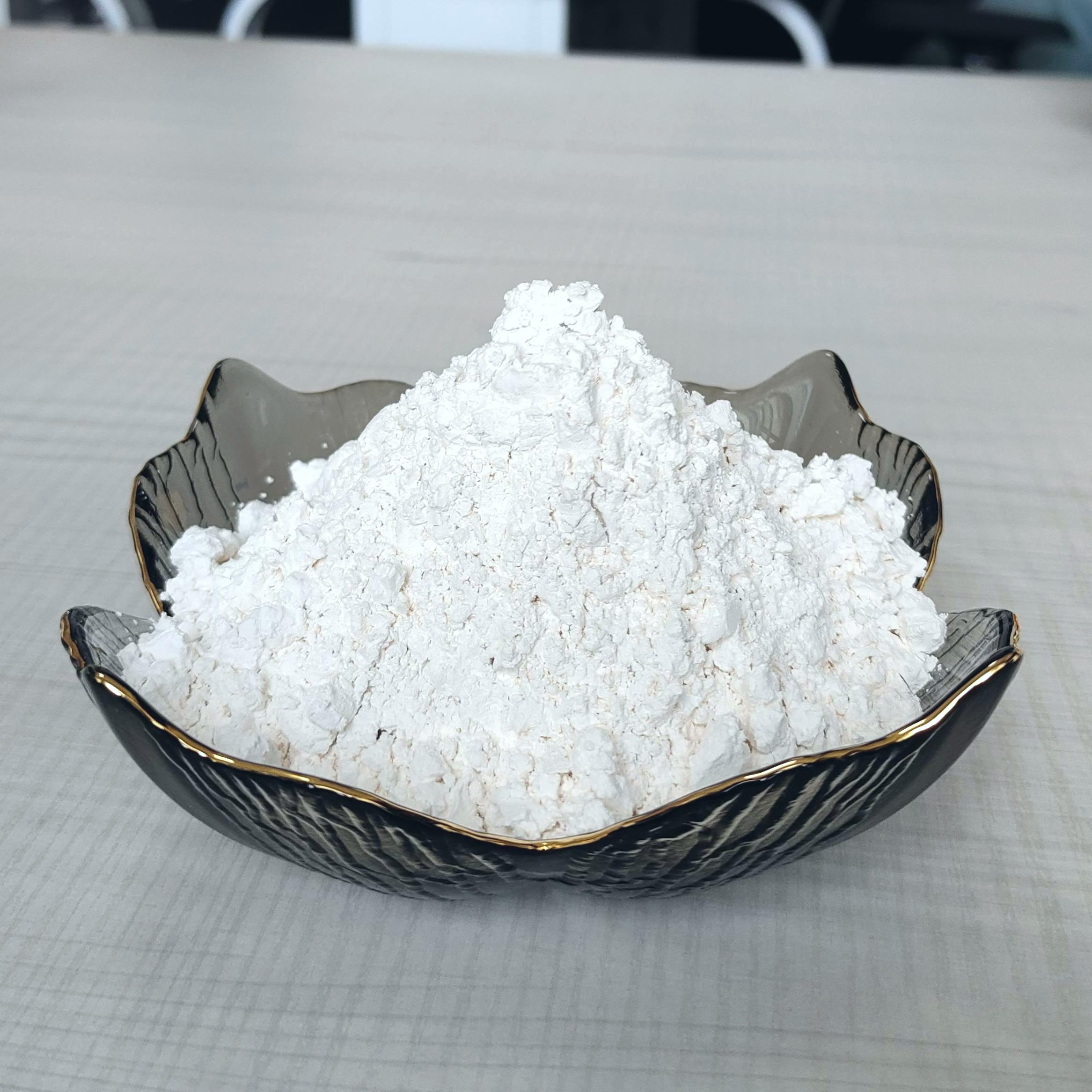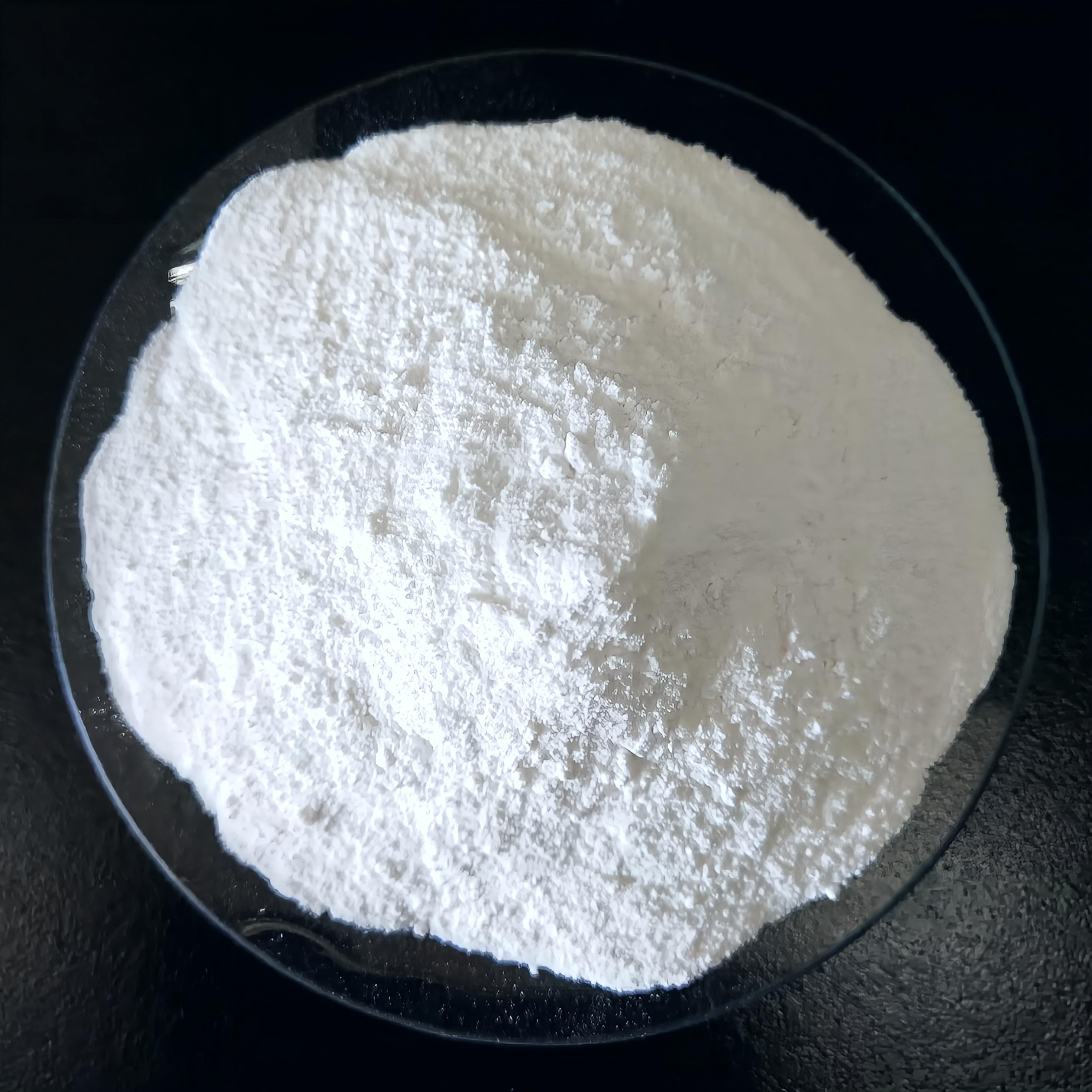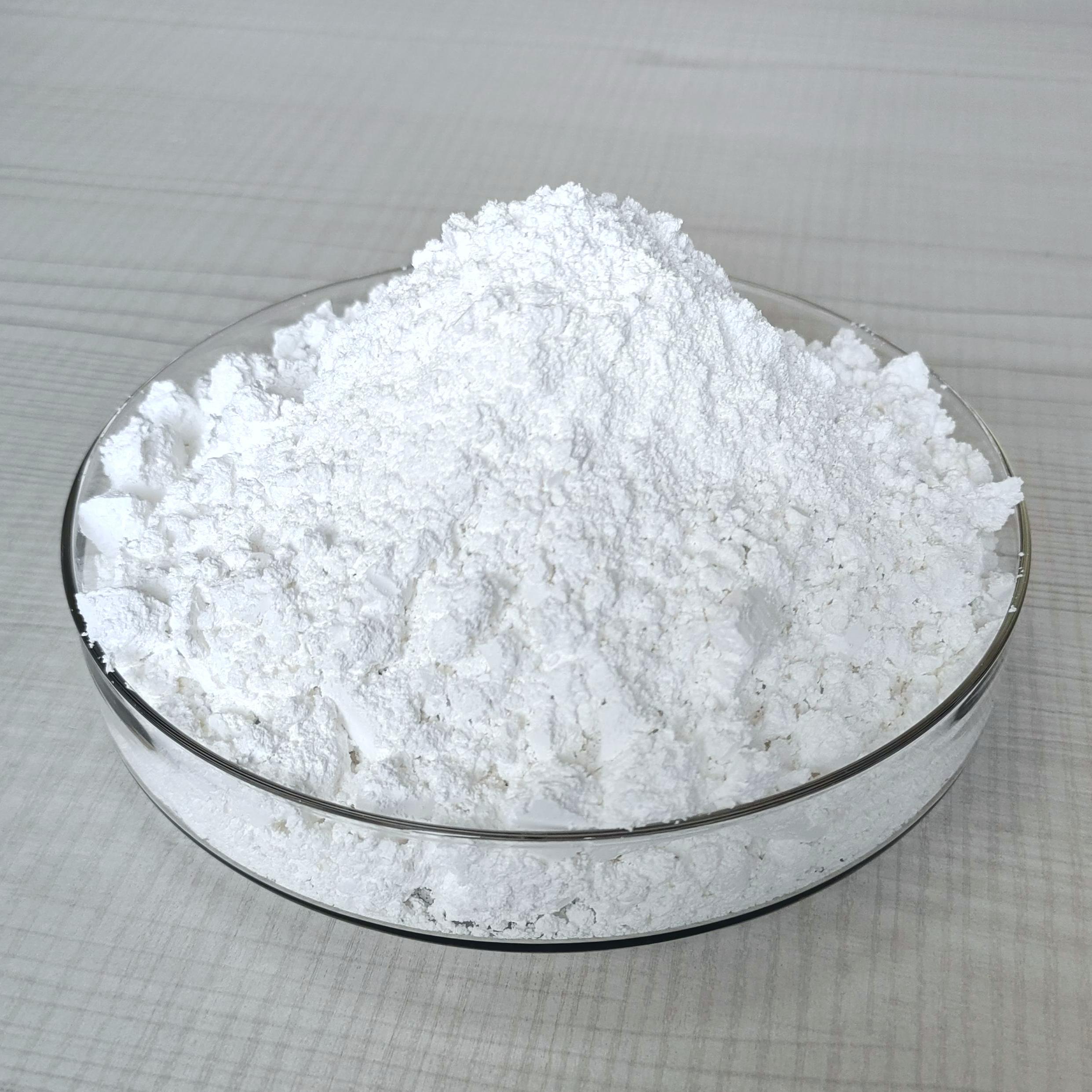17
2025
-
06
Why Ultrafine Calcium Carbonate is a Game Changer for Paints and Coatings
Introduction to Ultrafine Calcium Carbonate In the realm of paints and coatings, **ultrafine calcium carbonate (UCC)** has emerged as a revolutionary additive, redefining product performance and application versatility. This fine-grade material, characterized by its exceptionally small particle size, offers unique properties that enhance the quality and functionality of various formulations. As
Introduction to Ultrafine Calcium Carbonate
In the realm of paints and coatings, **ultrafine calcium carbonate (UCC)** has emerged as a revolutionary additive, redefining product performance and application versatility. This fine-grade material, characterized by its exceptionally small particle size, offers unique properties that enhance the quality and functionality of various formulations. As we delve into the specifics of UCC, it becomes clear why it is becoming a vital component in the modern coating landscape.
What is Ultrafine Calcium Carbonate?
Ultrafine calcium carbonate is a derivative of natural limestone and marble, processed to achieve ultra-small particle sizes usually below 2 microns. This size reduction enhances its surface area and reactivity, making it an ideal additive for paints and coatings. The unique properties of UCC not only improve the performance of coatings but also contribute to environmentally friendly practices due to its natural origins.
The Importance of Particle Size in Paints and Coatings
Particle size in paints and coatings significantly impacts various performance metrics such as opacity, gloss, texture, and durability. Ultrafine particles improve coverage and reduce the amount of pigment required, leading to cost savings and increased efficiency in manufacturing. By understanding the role of particle size, manufacturers can tailor their formulations to meet specific performance criteria.
How Ultrafine Calcium Carbonate Enhances Paint Performance
1. **Improved Opacity and Whiteness**
Ultrafine calcium carbonate enhances the opacity of paints, allowing for better coverage with fewer coats. Its high whiteness index contributes to the brilliance of colors and the overall aesthetic appeal.
2. **Increased Gloss**
The fine particle size of UCC aids in achieving a smoother surface finish, resulting in higher gloss levels in coatings. This characteristic not only enhances visual appeal but also adds to the protective qualities of the paint.
3. **Enhanced Rheological Properties**
When incorporated into paints, ultrafine calcium carbonate significantly alters the flow and viscosity characteristics, making it easier to apply. This is particularly beneficial in spray applications where controlled viscosity is paramount.
Application of Ultrafine Calcium Carbonate in Various Coatings
UCC finds applications across a variety of coating types, from architectural paints to industrial coatings. Its versatility makes it a preferred choice for formulators looking to improve the performance and sustainability of their products.
Architectural Coatings
In architectural coatings, UCC is used to enhance the durability and aesthetic qualities of exterior and interior paints. Its exceptional hiding power allows for fewer applications, thus reducing labor costs and material waste.
Industrial Coatings
For industrial coatings, the incorporation of ultrafine calcium carbonate contributes to increased wear resistance and longevity. This is particularly critical in environments where coatings are subjected to harsh conditions.
Specialty Coatings
UCC is also utilized in specialty coatings such as anti-corrosive paints and coatings for plastics. Its properties enable formulators to achieve specific performance goals tailored to niche applications.
Environmental Benefits of Ultrafine Calcium Carbonate
As industries move towards sustainable practices, the use of ultrafine calcium carbonate presents several environmental benefits. Being a naturally occurring mineral, UCC is non-toxic and contributes to eco-friendly formulations. Its use can lead to reduced reliance on synthetic additives, which often pose environmental risks.
Reducing Carbon Footprint
Integrating UCC into paint formulations can help reduce the overall carbon footprint of the product. Its natural origin combined with its effectiveness in reducing the volume of other more harmful additives contributes to a greener product offering.
Challenges in the Use of Ultrafine Calcium Carbonate
Despite its numerous advantages, the use of UCC poses some challenges. One significant issue is the potential for agglomeration during the manufacturing process, which can lead to inconsistent performance. Proper processing techniques are essential to prevent this and ensure the desired properties are achieved.
Overcoming Challenges Through Technology
Advancements in processing technologies, including surface modification and ultrafine milling, have significantly improved the quality and consistency of UCC. By leveraging these technologies, manufacturers can optimize the performance of their coatings while minimizing challenges associated with UCC.
Future Trends in Paints and Coatings with Ultrafine Calcium Carbonate
The future of paints and coatings is moving towards greater sustainability and performance efficiency. Ultrafine calcium carbonate is poised to play a pivotal role in this evolution, driven by ongoing research and development that aims to refine its properties and applications.
Innovations in Formulation
Innovative formulation strategies are emerging, focusing on integrating UCC with other environmentally friendly additives to enhance performance further. This composite approach allows for the development of high-performance coatings that meet stringent regulatory standards while maintaining aesthetic appeal.
Market Growth and Opportunities
The demand for UCC in the coatings market is expected to grow significantly. As industries increasingly prioritize sustainability, the adoption of ultrafine calcium carbonate will likely expand, paving the way for new market opportunities and applications.
Frequently Asked Questions (FAQs)
1. What is the primary benefit of using ultrafine calcium carbonate in paints?
The primary benefit is its ability to improve opacity and gloss while reducing the amount of pigment needed, leading to cost savings and enhanced product performance.
2. How does ultrafine calcium carbonate impact the durability of coatings?
UCC contributes to increased wear resistance and longevity of coatings, making them suitable for harsh environments.
3. Is ultrafine calcium carbonate environmentally friendly?
Yes, UCC is a naturally occurring mineral that is non-toxic and contributes to eco-friendly formulation practices.
4. Can UCC be used in specialty coatings?
Absolutely! Ultrafine calcium carbonate is effective in a variety of specialty coatings, including anti-corrosive paints and coatings for plastics.
5. What challenges might arise when using ultrafine calcium carbonate?
Challenges include the potential for agglomeration during processing, which can affect performance consistency. However, advancements in processing techniques can mitigate these issues.
Conclusion
Ultrafine calcium carbonate stands as a game changer in the paints and coatings industry, offering myriad benefits that enhance product performance while adhering to sustainability goals. Its role in improving opacity, gloss, and durability makes it an invaluable component for formulators. As our understanding of its applications continues to grow, so too will its significance in future formulation strategies. By embracing the advantages of **ultrafine calcium carbonate**, manufacturers can create innovative products that meet the evolving needs of consumers and the environment alike.
ultrafine calcium carbonate
Get in Touch with Us Today

EZ Chemical is one of the best suppliers of calcium carbonate series products in China.
CONTACT US
E-mail: kevin_song@ezchemical.cn
ADD:Room 2008, Building 8, Jinse Yangguang, Xin'an East Road, Xin'anjiang Street, Jiande City, Zhejiang Province, China.



